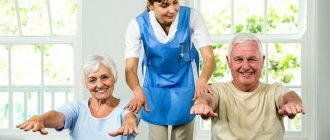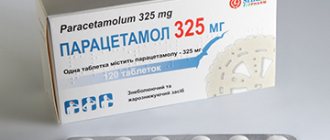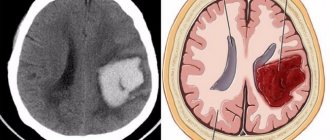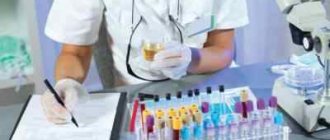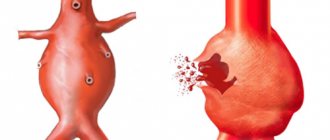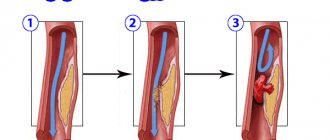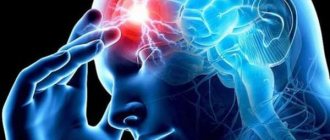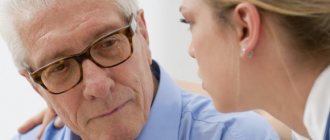No one is immune from the occurrence of heart rhythm disturbances. Even if a person is in excellent health, cardiovascular pathologies develop with age or after suffering serious illnesses. After what can arrhythmia begin? There are many negative factors that provoke irregular heartbeat. Let's look at the main reasons that every person may encounter.
How is coronary artery bypass grafting performed?
The operation is performed under general anesthesia on an open heart. The surgical intervention is performed by cardiac surgeons in a specially equipped operating room. Before the operation, the doctor chooses which vessel will become a shunt to bypass blood flow in the affected artery. The autograft is:
- The internal thoracic artery (a. thoracica interna) is the most common option. The anatomical features of the artery are similar to the coronary vessels, while its inner wall is rarely affected by atherosclerosis.
- Great saphenous vein of the thigh (v. saphena magna). It is most often used for bypass surgery of pelvic vessels, but is also used for cardiac bypass surgery. The main advantage is that the vein is taken without compromising blood circulation; moreover, the saphenous vein is rarely affected by atherosclerosis.
- The radial artery (a. radialis) is a good autograft, which is similar in anatomical and physiological features to the coronary arteries. This ensures the longevity of the functioning of the created shunt.
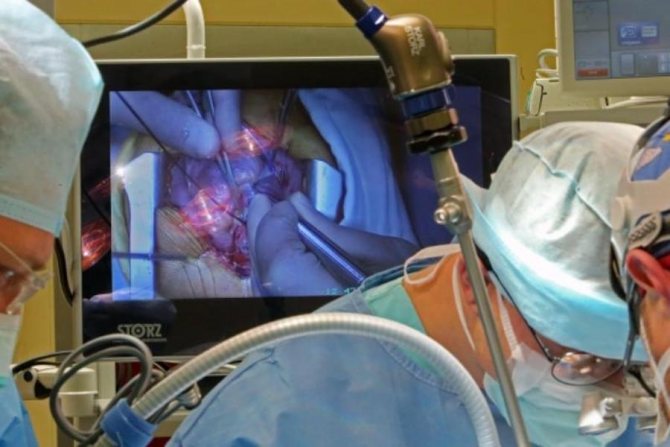
Types and types of coronary artery bypass grafting
The surgeon independently chooses how the operation will be performed. The type of coronary bypass surgery depends on the qualifications of the surgeon himself. There are three options for operations:
- Coronary artery bypass grafting with connection of an artificial blood circulation machine (heart-lung machine). It can be easily performed by a cardiac surgeon even with little experience, but after such an intervention complications are observed much more often. This is due to the complete shutdown of the heart during the operation and disruption of the normal functioning of all body systems, since artificial circulation is not able to ensure normal life activity in full.
- CABG without connecting a heart-lung machine, that is, bypass surgery of blood vessels on a beating heart. This is the most dangerous operation, requiring highly qualified and experienced surgeons. However, it is more physiological, which means that the body’s recovery is much faster.
- Mini-access operations (endoscopic coronary artery bypass grafting or beating heart surgery without wide access to the surgical field). Only feasible in cases of local myocardial damage.
The final decision on the type of surgical intervention is made after coronary angiography and examination of the patient for the presence of severe somatic pathologies. In severe patient conditions (extensive heart attack, cardiosclerosis, heart defects), CABG is performed exclusively with the connection of a heart-lung machine.
It is important to know! Coronary artery bypass grafting is a technique that saves the lives of thousands of patients with coronary artery disease. The operation improves the prognosis of the disease and prolongs the patient’s life by several decades, even in the presence of severe cardiac pathology with an unfavorable prognosis.
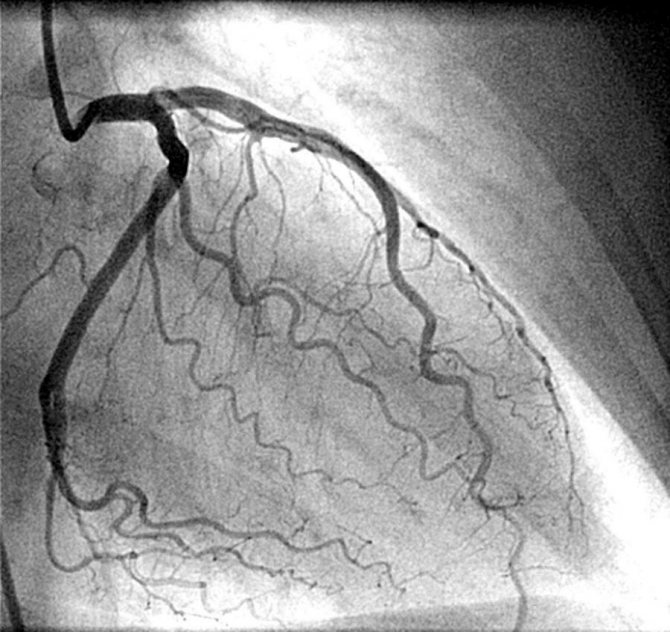
Reasons for appearance
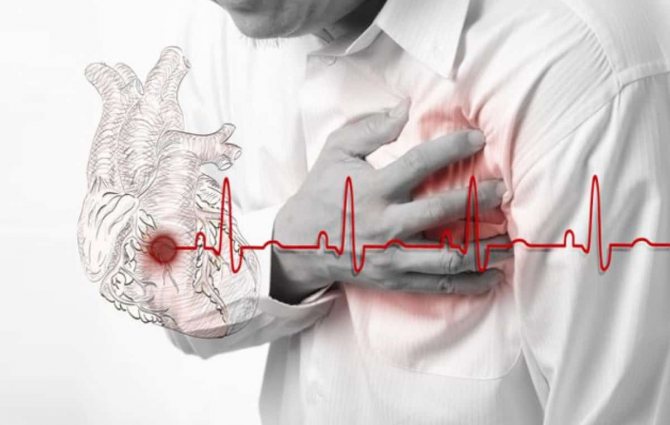
In most cases, cough occurs with the development of heart failure, which occurs due to the following reasons:
- the presence of arterial hypertension - in this case it means an increase in blood pressure above 140/90 mmHg. Art. in chronic form;
- development of myocarditis - this disease appears in the form of inflammation of the heart muscle;
- left ventricular hypertrophy – characterizes an increase in the weight of the heart due to thickening of the walls;
- deformation of the walls of the ventricles of the heart;
- heart valve insufficiency;
- valve stenosis is a dangerous disease that appears in the form of narrowing of the aorta and aortic valve (this leads to impaired blood supply and lack of blood to the organ);
- amyloidosis of the heart - protein accumulation occurs in the tissues of the organ as a result of impaired metabolism;
- cardiomyopathy – changes in the structure and thickness of the heart muscle;
- taking medications whose action is aimed at lowering blood pressure - this is observed with hypertension.
To eliminate cardiac cough, it is necessary to clarify the nature of the heart diseases that provoke attacks. This can only be done by a doctor after a thorough examination and diagnosis of the patient.
What you need to know before surgery
After hospitalization, a comprehensive examination of the patient is carried out in the hospital. This is necessary for assessing the general condition, choosing a CABG technique, making a prognosis for the course of the postoperative period and rehabilitation.
It is not recommended to eat any food in the evening before surgery. No more than one glass of water per night is allowed. In the morning, the patient undergoes procedures: takes a hygienic shower, shaves the hair at the site of the future incision, and gives an enema to cleanse the intestines.
What to do after surgery
After the operation, the patient is transported to the cardiac intensive care unit (resuscitation unit). He is under constant surveillance and control of all body systems. In the first hours, the functions of breathing and blood circulation are taken over by special devices, and gradually the patient is transferred to independent life support. The stay in intensive care continues until the patient’s condition is completely stabilized, all this time the operated patient is strictly in a supine position.
Important! Although strict bed rest is indicated, early activation is indicated to improve the prognosis of rehabilitation. To do this, right in bed, the patient does a set of simple exercises, during which small muscle groups are involved in the work. Clenching and unclenching your hands into a fist, working your toes, bending and straightening your legs at the ankle joint - all this must be done daily at least 3 times a day.
Breathing exercises are performed simultaneously with minor exercises. This is necessary to prevent congestion in the respiratory tract and pneumonia, which often affects the lungs during prolonged bed rest. Rehabilitation with breathing exercises is a good way to maintain blood circulation in the lungs and throughout the body. To do this, diaphragmatic relaxation breathing is practiced daily for at least 2 weeks.
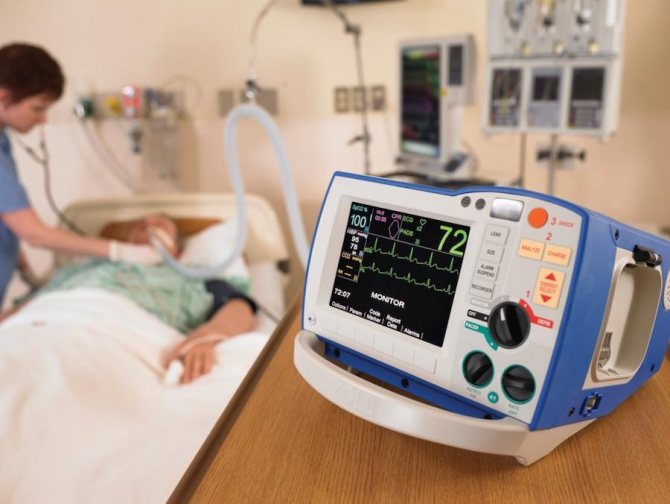
Postoperative recovery
Transferring a patient from intensive care to a ward is a signal to begin active and full rehabilitation in order to improve the postoperative prognosis. Breathing exercises continue to be practiced with the patient. In bed, the patient does increasingly complex exercises: flexion and extension of the legs at the knee joint, abduction and adduction of the hip, flexion and extension of the arms at the elbow joint. You are allowed to squat and turn around in bed.
From about the third day of rehabilitation, it is suggested to move around the ward, but there is no need to overload the body. Slow, unhurried steps are taken. At first, no more than 10 steps per day, gradually, day by day, their number increases.
By the end of the first week after surgery, the patient should be able to walk down the hallway at a leisurely pace without assistance. Starting from 7-8 days, postoperative sutures are removed, the patient prepares for discharge.
Remember! When you start walking, your doctor will recommend that you wear compression garments: stockings, tights. This is necessary to prevent edema that occurs due to insufficient functioning of the operated heart. Do not neglect this advice; it is really important to do this in the first weeks after surgery so as not to overload an already weak heart.
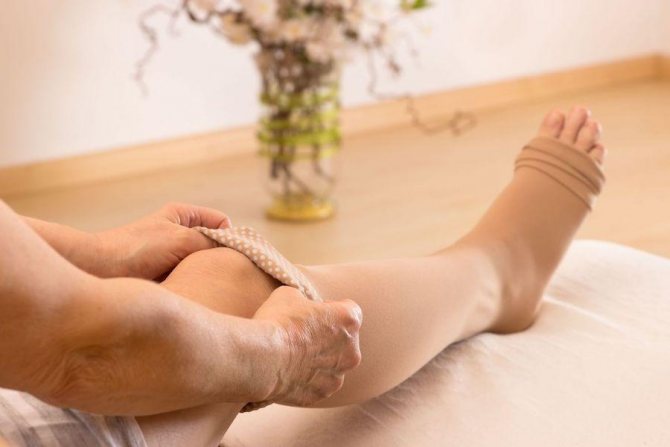
Rehabilitation and prognosis after surgery
Diet and nutrition
The first thing that rehabilitation involves is diet. Nutrition correction is the first step towards healthy blood vessels. Talk to your doctor about your goal weight and start losing weight immediately after discharge. Limit sweets, flour, fatty and fried foods in your diet. Focus on vegetables and fruits. Steam or boil food. Remember that coronary artery bypass surgery does not solve all your problems, it is only symptomatic therapy. Atherosclerosis, the root of all health problems, has not gone away. Start following a diet and healthy eating immediately after discharge from the hospital to improve your prognosis.

Physical exercise
Not only nutrition is the main assistant in improving the prognosis of the disease. Adequate physical therapy is the key to strengthening the cardiovascular and respiratory systems.
Important! Physical exercises after cardiac bypass surgery are performed under the supervision of a trainer or physical therapy doctor. During each workout, it is necessary to monitor the pulse, all exercises are performed at submaximal loads, overexertion should not be allowed under any circumstances. Most of the training consists of aerobic exercises aimed at strengthening the heart and blood vessels.
Among aerobic exercises, cycling and walking, including Nordic walking, occupy a special place. Take walks at least 1 hour a day.
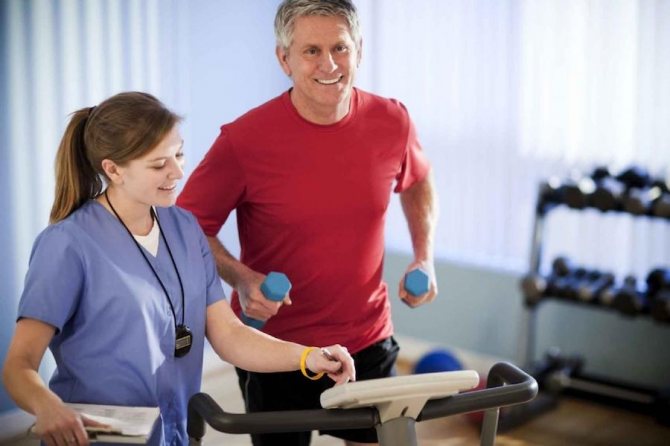
Lifestyle
All patients without exception after cardiac bypass surgery are advised to quit smoking and drinking alcohol. A large amount of material has been accumulated which indicates that smokers are ten times more susceptible to repeated heart attacks and strokes. They are more likely than others to develop other vascular pathologies with a poor prognosis, which quickly leads to death. So if you want to improve your future life outlook, quit smoking now.
General lifestyle recommendations:
- Return to work no earlier than 6 weeks after discharge from the department.
- Follow the work and rest schedule. Get up at the same time, do not overload the body not only with physical, but also with mental labor.
- For rehabilitation purposes, go swimming at least once a week.
- If possible, travel outside the city and undergo sanatorium-resort treatment at least once a year.
Arrhythmia after eating: why does eating provoke an arrhythmic heart rate?
Currently, the number of patients complaining of irregular heartbeat or chest discomfort is constantly increasing. For example, after a heavy holiday meal, a person may suddenly experience shortness of breath or a loud heartbeat in the ears. Arrhythmia after eating does not always cause such unpleasant sensations.
Sometimes it may not bother a person, but in other cases it is very difficult to get rid of it within a few hours. There are people who, due to arrhythmic disorders, lose consciousness or experience symptoms that are characteristic of food poisoning.
Elderly patients and those who suffer from chronic heart disease are most prone to developing arrhythmia after eating. Also, heart rate disorders occur in people who are overweight and have serious gastrointestinal problems.
Why do arrhythmic contractions occur after eating? It is important to know that the intensity of the heartbeat depends on the general condition of the body. If impulses are conducted normally and the cells are saturated with oxygen, then the heart will work at an adequate frequency - no more than 90 beats per minute.
But eating increases the response of the vagus nerve, which can inhibit the sinus node, where the impulses necessary for heart contractions are formed. In addition, excessive consumption of foods leads to pressure on the diaphragm, which in turn increases breathing speed and reduces the supply of oxygen in the body. To replenish O2 reserves, the heart begins to work harder, but the load does not allow it to contract evenly. This is how arrhythmic disorders develop.
Drug therapy during the rehabilitation period
To improve the life prognosis and the effectiveness of rehabilitation, the doctor prescribes appropriate medications. Take only medications prescribed by your doctor. Medicines are selected individually depending on the severity of the disease and the postoperative period.
Do not lose contact with your doctor. It is necessary to tell him about your condition, about the symptoms (shortness of breath, swelling, weakness, fever) that bothered you in the postoperative period and the rehabilitation period. The amount of physical activity is also controlled by the doctor, who also gives basic recommendations on nutrition and lifestyle. Also report to him constantly about the condition of the postoperative wound.
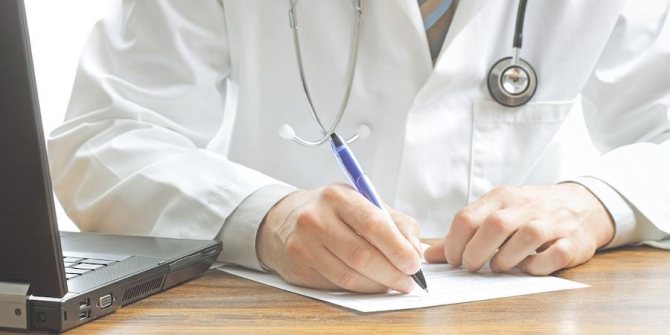
Disease prevention

Prevention is recommended not only for patients with heart pathology, but also for young people who have not yet thought about such problems. Recommendations include:
- Proper nutrition - the basics are presented above. Additionally, there are recommendations for introducing large quantities of dairy products and lean meat into the diet. It is recommended to bake or steam during cooking.
- Rejection of bad habits.
- Take care of your emotional state - it is recommended to refrain from stress and nervous breakdowns.
- Daily walks in the fresh air. It is recommended to abandon personal automobile transport in favor of walking to bus stops or the metro.
- Compliance with the regime is enough to go to bed on time (no later than 22:00-23:00 hours) and not skip meals.
The symptoms and treatment of cardiac cough in adults were examined in detail, which allows you to timely determine the prerequisites for the development of pathology. You cannot self-medicate; it is better to undergo an examination and determine the cause of the attacks.
How long do patients live after surgery?
If rehabilitation went without complications, you will feel an improvement in your condition within a couple of weeks. In general, the prognosis for life and health is favorable: excruciating pain in the heart will go away, swelling and shortness of breath will go away, and the condition of the body will improve. Such a good prognosis forces patients to resort to this operation more and more often, because life expectancy after coronary artery bypass grafting increases by tens of years.
After surgery, patients are subject to dispensary observation by a local therapist at their place of residence. This is necessary to monitor the condition of the shunt after surgery and improve rehabilitation results.
Following these postoperative rehabilitation recommendations will help you improve your quality of life and prognosis. Don’t be afraid of the operation; with the right approach, within a couple of weeks after it you will feel like a healthy and full-fledged person, full of strength and energy.
Which valves to install (video)
Russian industry produces many different products of the highest quality, which have no analogues in the world. Unfortunately, the same cannot be said about artificial heart valves.
Today, Carbomedics Tophead is considered one of the best mechanical heart valves. There are other excellent foreign analogues. Unfortunately, this cannot be said about Russian products - they are not so reliable, and they break down quickly. Therefore, if we are talking about a young patient, then it is better to pay more and get a European implant.
True, there is hope that soon, on the market of medical products, mechanical heart valves will appear that are not inferior and even superior in quality to foreign ones.

